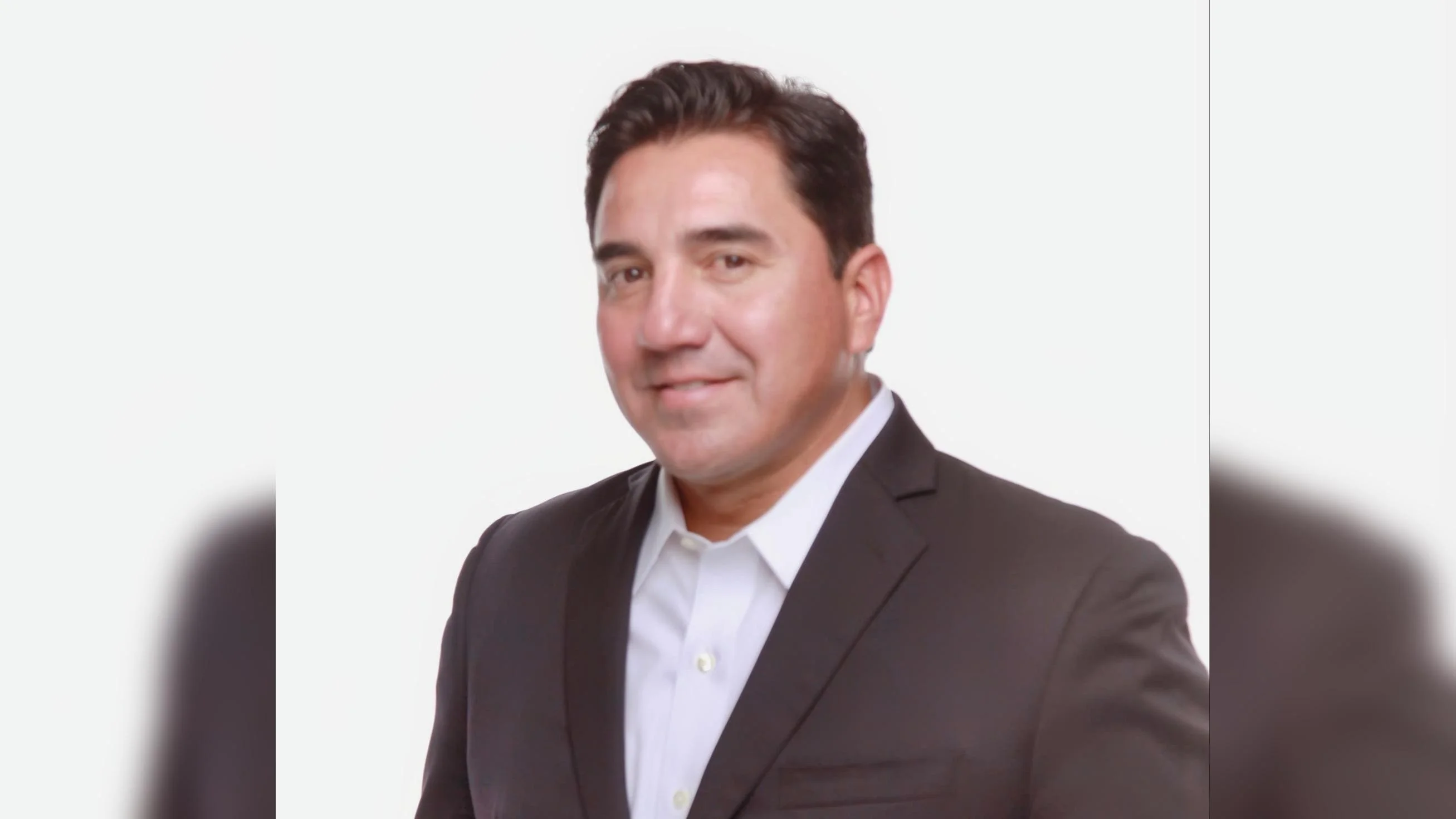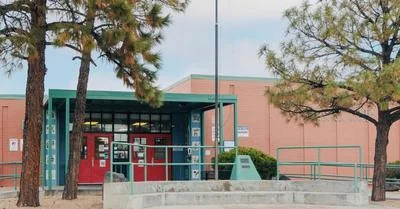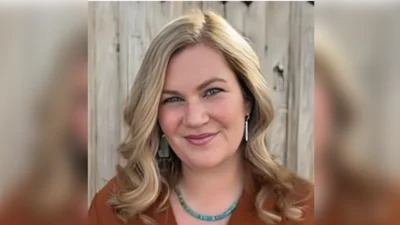In the challenging landscape of New Mexico, communication has long been a hurdle for emergency responders. However, recent upgrades to the state's radio systems are making a significant difference.
"Effective and hardened radio systems help keep first responders safe and connected," stated Manny Barreras, DoIT cabinet secretary. "Public safety radio isn’t just technology; it’s the pulse of every emergency response."
Chris Starr from the Bernalillo County Sheriff’s Office Open Space Unit highlighted the impact of these changes. "Before switching to the state’s Motorola Radio System, we’d lose communication just a half mile into a search," said Starr. "Now, with enhanced coverage, integrated zones, and unified talkgroups, our fire, rescue, and search and rescue teams are instantly connected."
The New Mexico Department of Information Technology (DoIT) recently showcased its Digital Trunked Radio System (DTRS) upgrades at their annual DTRS Subscriber Conference. The event gathered over 100 public safety professionals who shared stories of improved rescues and seamless responses.
Currently utilized by 78 agencies statewide—with more joining annually—the upgraded system allows secure cross-jurisdictional communication even in remote areas. This advancement eliminates previous dangerous communication gaps during critical incidents.
Future updates include Motorola's WAVE PTX app arriving in early 2026 for mobile access to DTRS talkgroups via smartphones over LTE or Wi-Fi. Additionally, new subscribers such as various departments and municipalities have joined the network.
Upcoming launches include Eddy County Detention Center this month followed by other county services later on. A new DTRS Web Portal launching in November will provide streamlined access to billing information along with automated diagnostics alerting potential malfunctions proactively.
New Mexico is also pursuing interoperability with neighboring states Arizona, Texas, and Colorado creating an extensive coordinated emergency response network across borders.
"When New Mexicans face their darkest moments," Barreras emphasized again that “our first responders must be able to communicate without technological barriers standing in their way.”
The conference served as a platform for sharing best practices exploring innovations aligning strategies ensuring what was once a struggle against dead zones now forms part of an effective statewide safety net.









